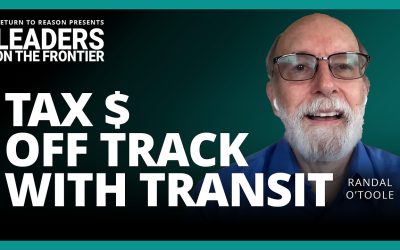Adequate housing
The provision of adequate housing for Canadians in need has always been a challenge. Social housing (i.e., non-profit and governmentassisted housing) began in an effort to assist low income families. Currently, some 650,000 social housing units exist in Canada; of this, government owned and managed public housing makes up one-third, or about 205,000.
Social housing is, historically, a recent phenomenon in Canada. It commenced in 1949 through a variety of housing programs and most public housing was developed prior to 1980. After that year, the majority of provincial governments lost their appetite for directly-owned and managed facilities.
In the case of Canada-Manitoba comparisons, while Manitoba represents only 3.5% of the Canadian population, the province contains 7% of all public housing in the country. This plethora
of government-owned housing stock reflects the ideological mindset of the NDP, the most dominant political party in the province over the last fifty years.
Housing programs available in Manitoba
The NDP has, in partnership with the federal government, introduced several “streams” to ease the housing crunch for low-income households; in total, over 19,300 social housing units have been
created under non-profi t owned and/or managed housing projects (Manitoba 2007a).
• A five-year $50 million New Rental Supply (NRS) program provides additional affordable new rental units working, on a restricted basis, with the private sector by providing them access to capital funding.
• The Development Funding program (for the construction of new homes), provides builders with up to $60,000, it is, however limited only to non-profit organizations.
• The Affordable Housing Initiative program assists home buyers with down payment assistance to a maximum of $9,000 or provides qualified home builders with a one-time grant (forgivable over 10 years) for a home purchase.
The array of programs has merit. However, the paralyzing fear of private sector involvement severely limits the amount of housing that could be made available to people that most need help.
Read the PDF –



